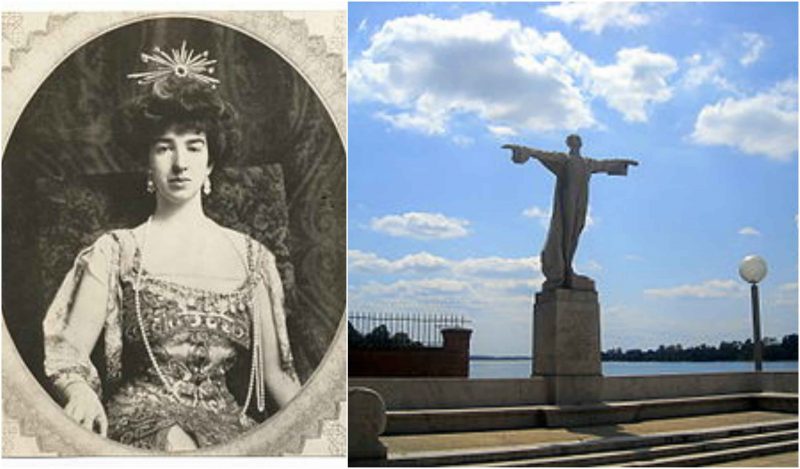Gertrude Vanderbilt Whitney was born in the wealthy Vanderbilt family, as a great-granddaughter of “Commodore” Cornelius Vanderbilt, and married into the wealthy Whitney family.
She was an art patron, notable American sculptor, and collector. Today she is remembered for her unique style and as the founder of the Whitney Museum of American Art in New York City in 1931.
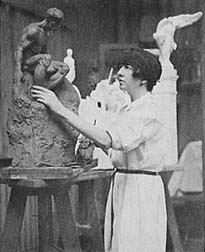
Gertrude was born in 1875, and during her childhood, she enjoyed rigorous sporting activities with the boys in her family. She was home educated by private tutors and later at the exclusive Brearley School for women students. Since those days, Gertrude had a hobby of collecting small watercolor paintings and drawings which she kept in her personal journals.
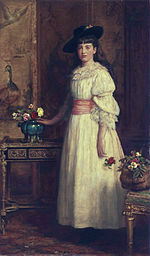
In the early 1900s, while the young Vanderbilttravelinglling through Europe and discovering the art world of Montparnasse and Montmartre in Paris, she sparked her interest in sculpture, and decided to become a sculptor. When she returned to the States, Gertrude enrolled at the Art Students League of New York where she studied together with James Earle Fraser and Hendrik Christian Andersen.
There were only two other women that visited the classes besides Vanderbilt – Malvina Hoffman and Anna Vaughn Hyatt.
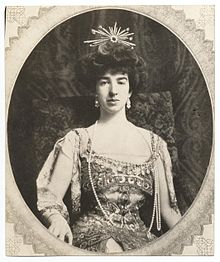
Gertrude traveled to Paris again, to improve her sculpture skills. While in France, she studied with Andrew O’Connor and received criticism from Auguste Rodin. She mostly created small sculptures but remains best known for her monumental works Women’s Titanic Memorial in Washington, D.C. and Victory Arch in New York City.
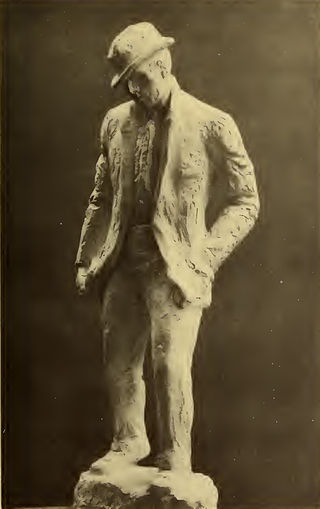
The young sculptor wasn’t quite supported by her close family. When she had started working, Gertrude used a fake name, because she feared that as a Vanderbilt she wouldn’t be taken seriously but rather as a socialite. In 1901, her life-size male nude in plaster named Aspiration was exhibited at the Pan-American Exposition in Buffalo, New York. Even though she belonged to the elite and was privileged in comparison to most of the artists, this fact only caused her struggles in her career.
First of all, Gertrude was a rare woman in the art world, and second, she was criticized if she took commissions because as a Vanderbilt, she was more privileged than the other artists. However, simultaneously, she was blamed for undercutting the art market if she wasn’t paid.
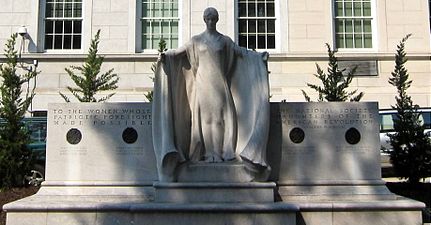
When Gertrude was 21, she married the extremely wealthy sportsman, Harry Payne Whitney and lived in town houses in New York that originally belonged to William Whitney. Even though her husband never understood her passion for art and her potential for creating, it seems that she continued actively with her work.
In 1907, Gertrude Whitney opened her apartment and studio in Greenwich Village. She also opened a studio in Passy, a fashionable neighborhood in Paris, and by 1910, she was presenting her original work.
In 1910, her statue of a young girl sitting on a rock with outstretched arms, next to a male figure, “Paganisme Immortale”, was exhibited at the National Academy of Design. The next year, her sculpture Spanish Peasant was accepted in the Paris Salon. In 1915, Whitney was awarded a bronze medal at the San Francisco Exhibition. In 1916, she had her first solo exhibition in New York City.
Gertrude Whitney donated a great deal of her time and money to numerous relief efforts during the WWI. She established and even maintained a fully operational hospital, 35 kilometers northwest of Paris, for the wounded soldiers. While she was in the hospital, Gertrude spent a lot of time with the soldiers, making portraits of them. This period influenced her work giving it a more serious touch.
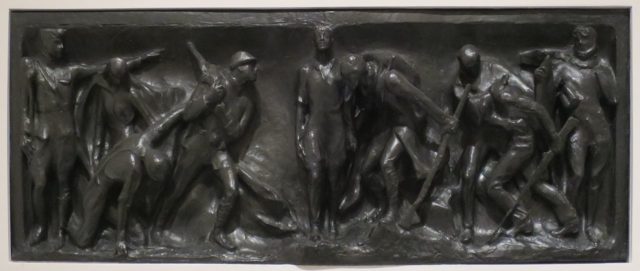
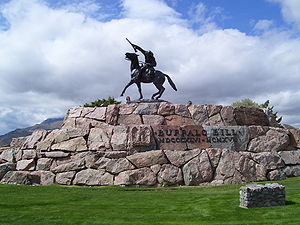
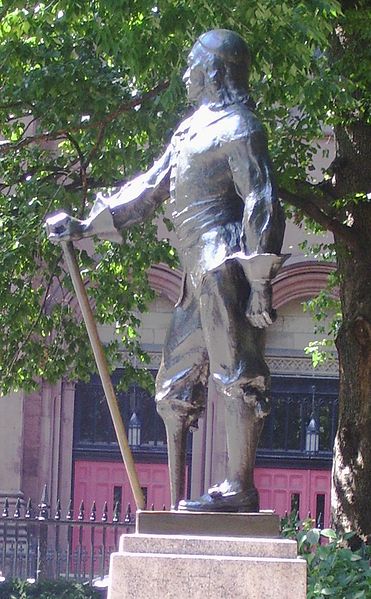
The 1934 Titanic Memorial which is considered as Whitney’s most important achievement, was built from a $50,000 prize that she had won in a competition in 1914.
She also sculpted the A.E.F. Memorial in St. Nazaire Harbor in France in 1924, and the Monumento a la Fe Descubridora (Monument to the Discovery Faith), the Christopher Columbus memorial in Huelva, Spain. She presented her Caryatid Fountain to McGill University in Montreal, in Canada, in 1931.
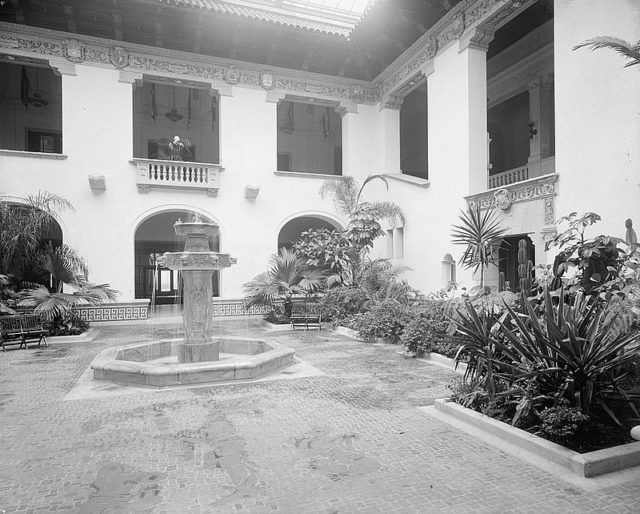
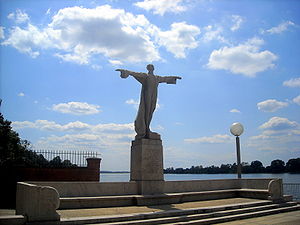
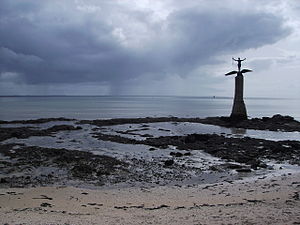
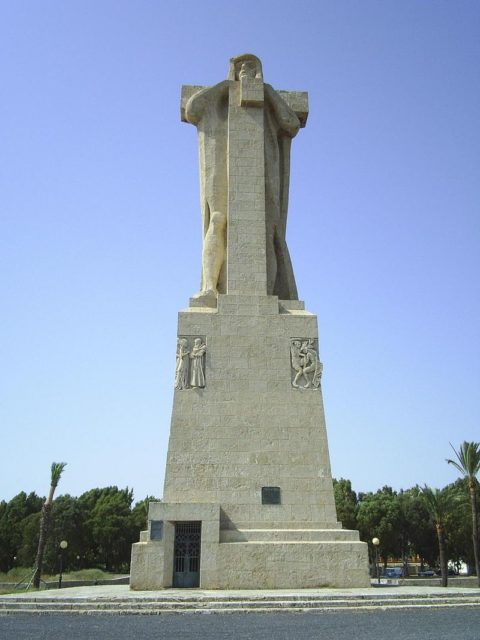
In 1908, Gertrude opened the “Whitney Studio Gallery” in Greenwich Village where artists such as Jo Davidson and Robert Henri were invited to exhibit their work. In 1914, she established the “Whitney Studio Club” where young artists gathered to discuss and display their works. As the club expanded so did its headquarters and its programming. By 1931, Whitney’s club evolved into the Whitney Museum of American Art, on the site of today’s New York Studio School of Drawing, Painting, and Sculpture.
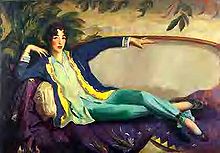
Gertrude decided to establish her museum after her offer of giving her 25-year collection of almost 700 modern artworks was turned down by the Metropolitan Museum of Art. When Gertrude established her museum in 1931, her assistant, Juliana Force, became its first director.
Today, Whitney is known as one of the leading icons in the art world. But no piece of Whitney’s work is as remarkable as her stubbornness and devotion to her work.
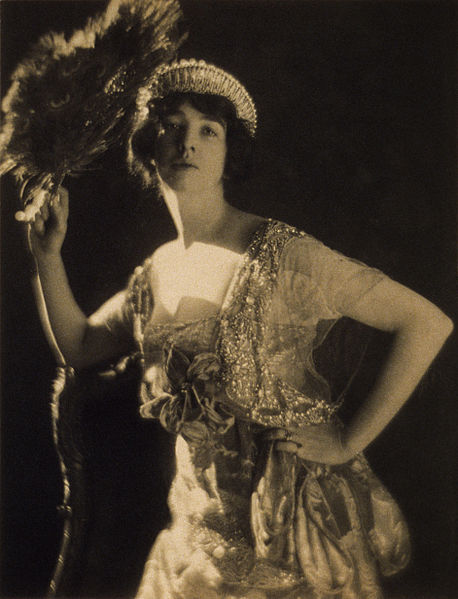
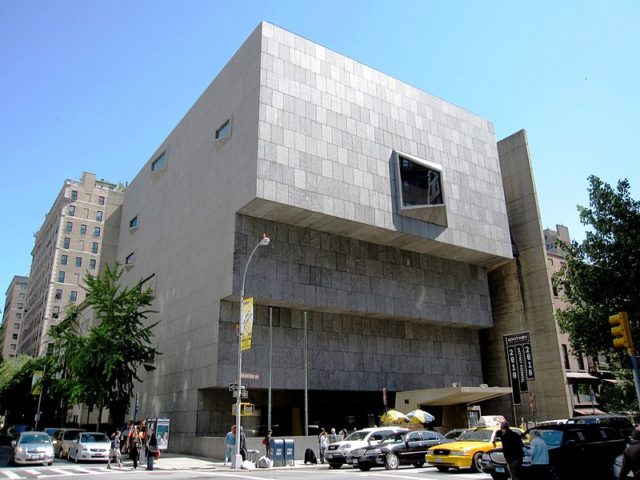
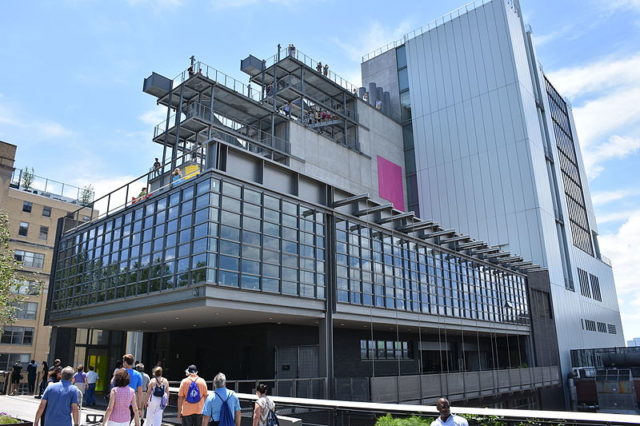
Harry Whitney died of pneumonia in 1930, leaving his widow and three children an estate valued $72 million. Gertrude certainly found a good use for all that wealth. She died 12 years later, of a heart condition, at the age of 67. Her daughter Flora assumed Gertrude’s duties at the Whitney Museum and was later succeeded by her daughter Flor Miller Biddle.
She died 12 years later, of a heart condition, at the age of 67. Her daughter Flora assumed Gertrude’s duties at the Whitney Museum and was later succeeded by her daughter Flor Miller Biddle.
